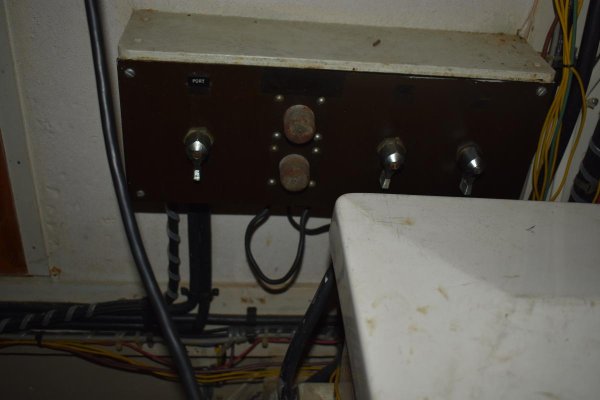Shay
Member
Single start battery
My previous Defever 49 came with 2 8D batteries on each Perkins 130 engine and a 5th 8D to start the 12.5kw generator. I rewired the boat so I had a dedicated house bank and 1 group 31 Duracell AGM start battery from Sam. The single start battery started both Perkins and the generator. Worked very well. I did have a AB switch that could be used to start from the house battery is needed but in 7 years it was never needed. I also had a combined to combine the start and house battery for charging.
Shay
My previous Defever 49 came with 2 8D batteries on each Perkins 130 engine and a 5th 8D to start the 12.5kw generator. I rewired the boat so I had a dedicated house bank and 1 group 31 Duracell AGM start battery from Sam. The single start battery started both Perkins and the generator. Worked very well. I did have a AB switch that could be used to start from the house battery is needed but in 7 years it was never needed. I also had a combined to combine the start and house battery for charging.
Shay


